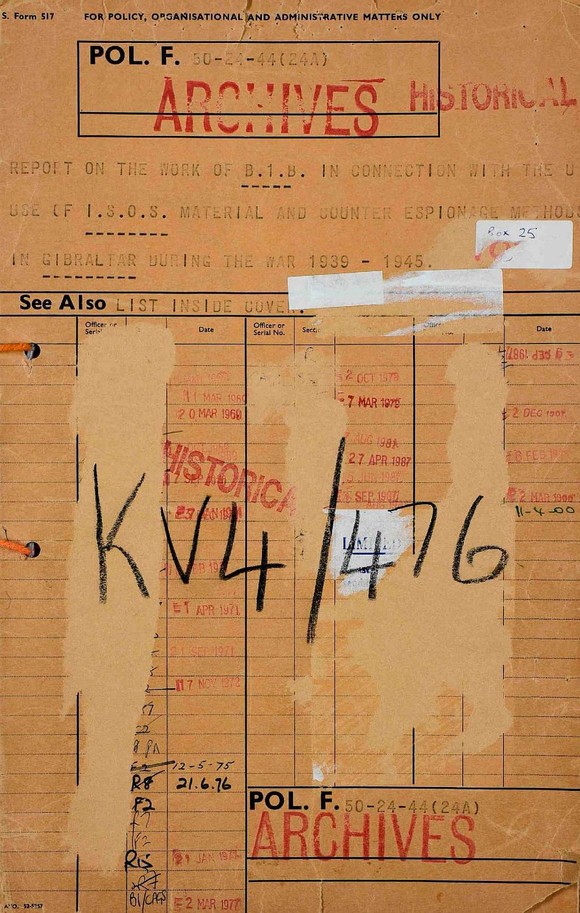
World War II: British MI5 Report on Counter Espionage Methods
$4.50
Description
MI5’s Double Agents and ISOS Intelligence in WWII
Timeline of Events (Based on the Source)
- 1939: Outbreak of World War II. Shortly after, Arthur Graham Owens (“SNOW”), a German spy, is turned into a double agent by MI5. This provides early intelligence that helps in breaking Abwehr ciphers.
- 1939-1945: MI5’s B1B section operates in connection with ISOS material and counter-espionage methods in Gibraltar.
- Wartime (1939-1945): Approximately 120 German agents are turned by MI5 into double agents, starting with Arthur Graham Owens (“SNOW”).
- Wartime (Ongoing): MI5’s B1B section analyzes decrypted communications picked up from German military intelligence (Abwehr) through ISOS intercepts. This analysis helps identify German spies.
- Post-World War II: Herbert Hart, the head of MI5’s B1B section, writes a report detailing the work of the section in connection with ISOS material and counter-espionage in Gibraltar during the war. This report highlights the role of Double Agent SNOW in the initial break of Abwehr ciphers.
- Post-War (as described in the report): The report includes lists and statistics of German spies identified through ISOS intercepts. It also details cases of potential spies who may have evaded detection and fabricated agents who likely never existed.
Cast of Characters
- Herbert Hart: Head of MI5’s B1B section during World War II. He authored the report detailing the section’s work on counter-espionage in Gibraltar and the use of ISOS material after the war.
- Oliver Strachey: A veteran codebreaker at Bletchley Park. He is the namesake of “ISOS” (Intelligence Service Oliver Strachey) because he had broken the Abwehr ciphers.
- Arthur Graham Owens (“SNOW”): A Welsh-born electrical engineer who was spying for the Germans (codenamed SNOW). Shortly after the start of World War II, he became the first of approximately 120 German agents turned into double agents by MI5. His early intelligence was crucial in the initial breaking of Abwehr ciphers.
World War II: British MI5 Report on Counter Espionage Methods
Report on the work of MI5’s B1B in connection with the use of ISOS material and counter espionage methods in Gibraltar from 1939-1945.
The acronym ISOS stood for Intelligence Service Oliver Strachey, Strachey being the veteran codebreaker at Bletchley Park who had broken the Abwehr ciphers. This report was written after the war by Herbert HART, the head of MI5’s B1B section. This small MI5 section was its link with SIS, the Radio Security Service and Bletchley Park on German signals intelligence. MI5’s B1B section analyzed decrypted communications picked up from German military intelligence.
He shows that the initial break of Abwehr ciphers was made possible by intelligence obtained early in the war from Double Agent SNOW.
Arthur Graham Owens was a Welsh-born electrical engineer spying for the Germans, whom it codenamed SNOW. Shortly after the outbreak of War, SNOW became the first in a series of 120 wartime German agents who were turned by MI5 into double agents.
The file contains lists and statistics of German spies identified from ISOS intercepts and gives details of a number who may have slipped through the net despite investigation, as well as fabricated agents who almost certainly never existed.
Related products
-
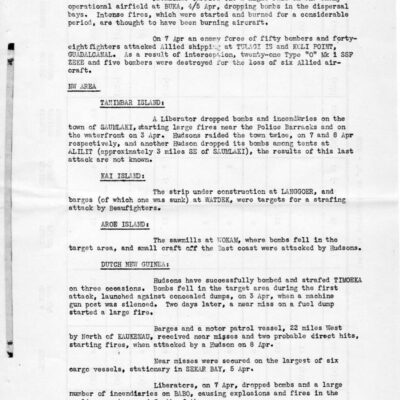
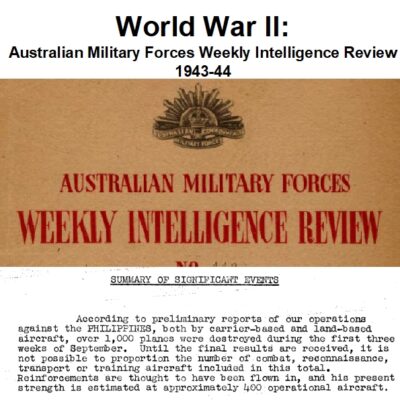
World War II: Australian Military Weekly Intelligence Reports 1943-44
$3.94 Add to Cart -
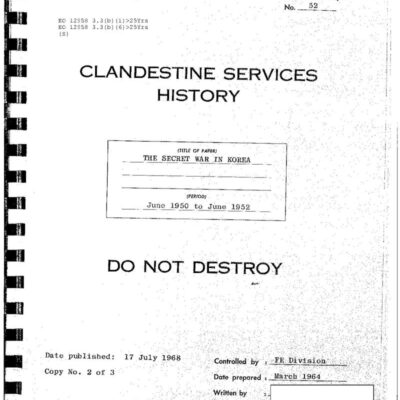
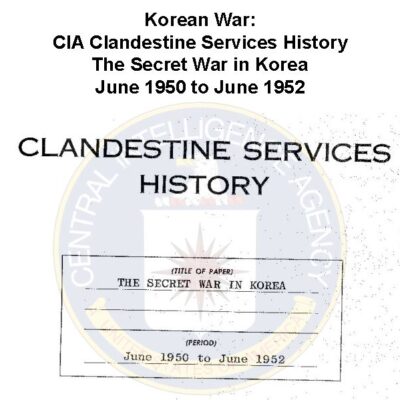
Korean War: CIA Covert Operations History – The Secret Conflict in Korea
$3.94 Add to Cart -
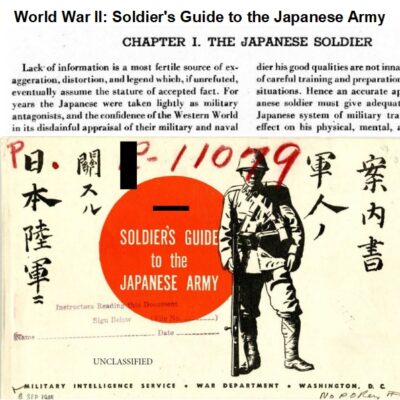

World War II: A Soldier’s Handbook on the Japanese Army
$3.94 Add to Cart -
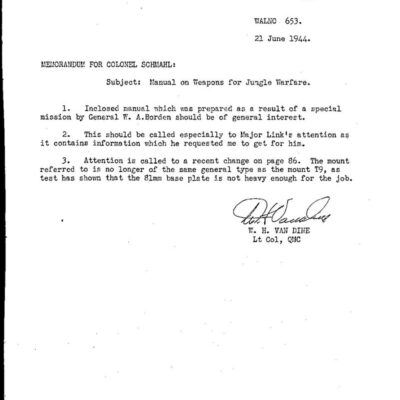
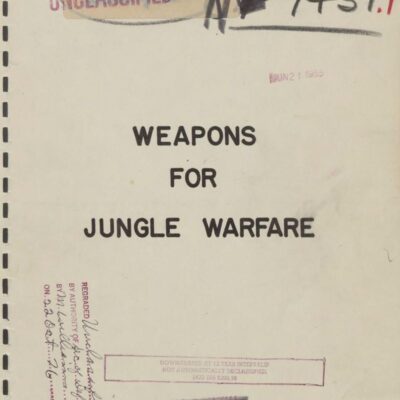
World War II Manual on Weapons for Jungle Warfare (1944)
$1.99 Add to Cart